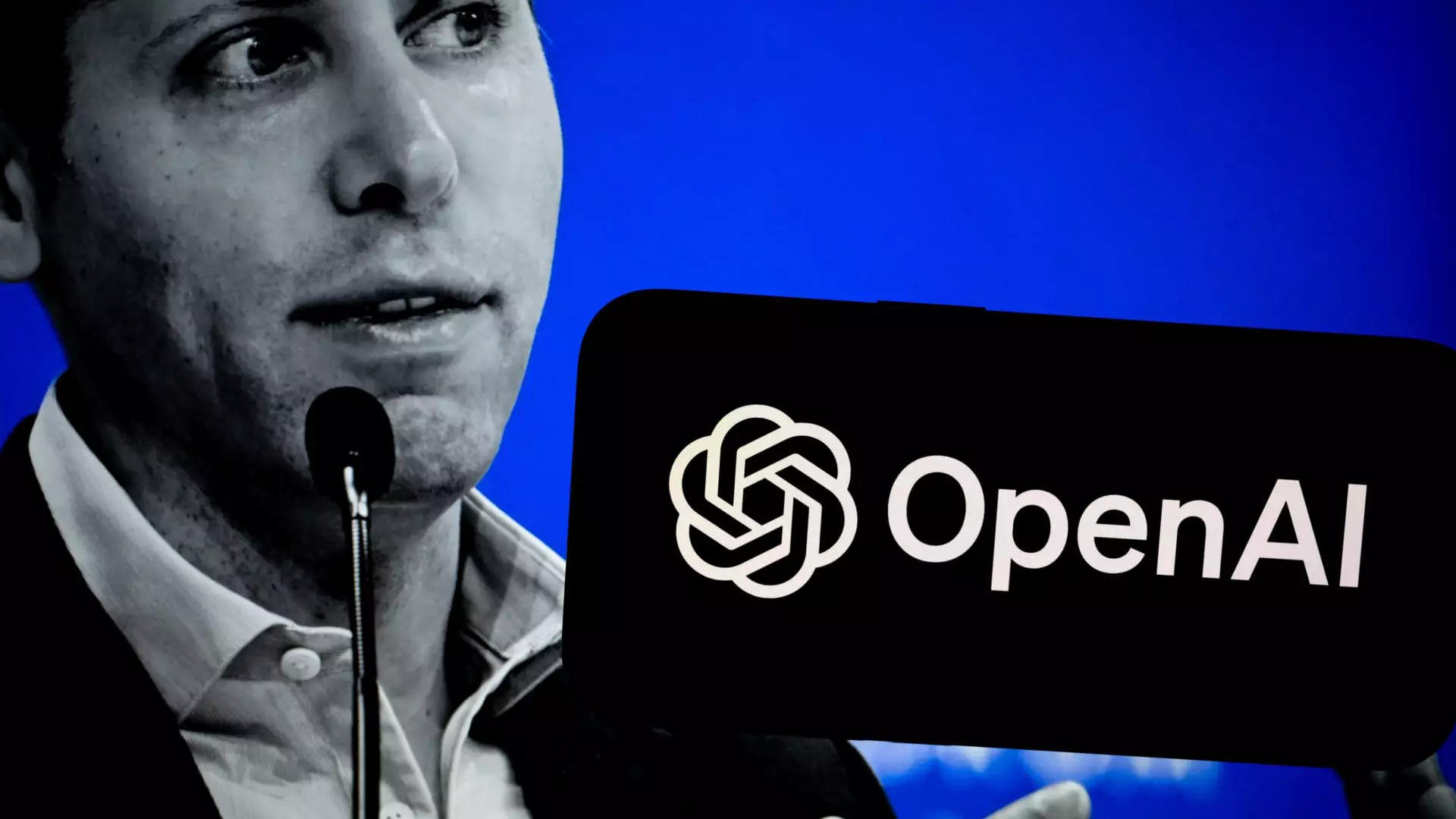OpenAI finds itself at a crossroads, grappling with significant shifts in leadership and the corporate structure of a company that has become a linchpin in the artificial intelligence sector. As the company’s ambitions soar with valuation expectations exceeding $150 billion, the internal dynamics make for a compelling narrative filled with intrigue, uncertainty, and fast-paced evolution.
During a recent all-hands meeting, Sam Altman, OpenAI’s CEO, faced questions surrounding speculation about him receiving a substantial equity stake in the organization. He firmly denied these assertions, stating, “There are no current plans here,” emphasizing that there is no concrete financial arrangement being discussed. This assertion comes in the wake of investor worries regarding Altman’s lack of equity in a company he co-founded nearly a decade ago.
Adding more depth to this situation is the statement from OpenAI Chairman Bret Taylor, who acknowledged that while discussions about Altman’s potential equity stake have taken place, no specific financial terms have been proposed or agreed upon. The ambiguity surrounding such a potentially lucrative arrangement has raised eyebrows among investors and employees alike, sparking questions about motivation, investment rewards, and the long-term vision of OpenAI as a private or public entity.
The discussions about equity are intertwined with the broader question of OpenAI’s future direction. According to reports, the board has contemplated transitioning to a for-profit model while maintaining a non-profit segment separately. Such a restructuring could redefine how the company operates, impacts its mission, and shapes its partnerships, particularly with significant backers like Microsoft.
In the backdrop of these corporate considerations, the leadership at OpenAI is witnessing a tumultuous phase characterized by executive departures. The exodus of high-ranking employees raises concerns about internal stability. Despite Altman’s attempts to reassure stakeholders that these departures are unrelated to the restructuring talks, it remains a pivotal moment that could influence both the immediate and long-term operational capabilities of OpenAI.
Executive Departures: Causes and Consequences
Amid these shifts, three high-profile executives announced their departures almost simultaneously, including Chief Technology Officer Mira Murati. Murati, who previously served briefly as interim CEO, articulated her need for personal exploration and growth after more than six years with the company. This sentiment was echoed by other departing executives like Bob McGrew and Barret Zoph, indicating a broader trend of professionals choosing to pursue their individual paths outside of the organization.
The cumulative effect of these departures is noteworthy. With several key founding members, including Ilya Sutskever and John Schulman, having left in recent months, one wonders how these changes will impact OpenAI’s foundational vision and operational memory. Altman referred to these transitions as part of a natural evolution, suggesting that the remaining leadership can forge a new chapter for OpenAI imbued with fresh ideas and perspectives.
As OpenAI navigates this tumultuous period, its market position remains strong, driven largely by the explosive growth following the launch of ChatGPT and increasing investor interest. Leading a new funding round, Thrive Capital’s potential $1 billion investment exemplifies the confidence that remains in the company’s capabilities—despite internal challenges.
However, concerns regarding growth management have been voiced among employees, hinting at potential risks linked to rapid expansion outpacing its capacity for safe operations. Many current and former staff members express anxiety about maintaining the organization’s safety and ethical standards amidst hyper-growth. Such perceptions are critical; they highlight the importance of cultivating a balanced approach that prioritizes both innovation and employee welfare.
OpenAI stands at a pivotal moment in its journey. While discussions regarding equity compensation and potential restructuring are essential aspects of corporate governance, the real test lies in how the remaining leadership will steer the organization through both internal changes and broader market demands.
As executive departures prompt a re-evaluation of structural integrity and mission alignment, Altman’s commitment to creating a resilient, innovative future for OpenAI will be scrutinized closely. The challenge is to harness the energy of new directions while ensuring that the company’s foundational values remain intact. Navigating this complex landscape requires strategic foresight and a focus on long-term objectives, positioning OpenAI for sustainable growth amidst the ever-changing tides of the tech industry.

